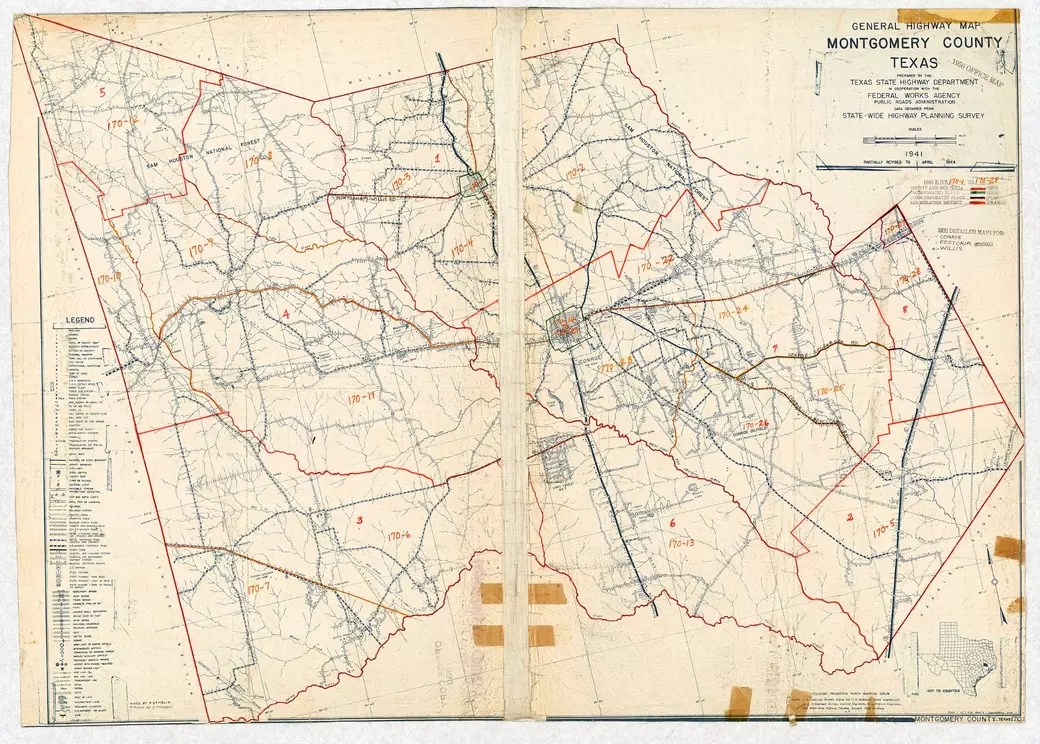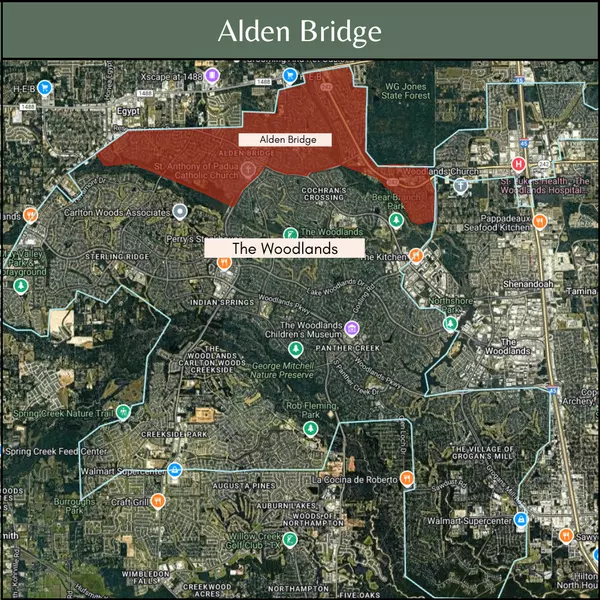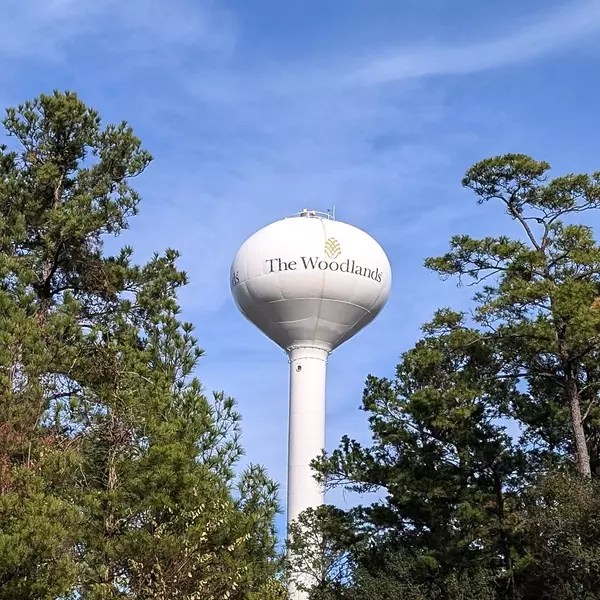The Historic Town of Montgomery: How a Former County Seat Shaped Texas

Before Conroe became the thriving center of Montgomery County, there was Montgomery, TX—one of the oldest towns in Texas and an important part of the state's early development. Montgomery was once a bustling trade hub, the original county seat, and is recognized as the birthplace of the Lone Star flag.
Over time, as railroads and economic shifts redirected growth, Montgomery evolved into a quiet town known for its rich history and small-town charm. Today, it stands as a living piece of Texas history, offering visitors a glimpse into the past through its well-preserved landmarks.
Let’s explore how Montgomery helped shape Texas and the places you can visit to experience its history firsthand.
The Founding of Montgomery (1837)
Montgomery was officially established in 1837, making it one of the earliest Anglo-American settlements in Texas. The town began as a trading post along a key route that connected settlers, merchants, and travelers between Houston and the frontier.
Its strategic location helped Montgomery grow quickly, and in 1838, it was named the first official county seat of Montgomery County. The town became a center for commerce, government, and early Texas statehood.
During its peak years in the mid-1800s, Montgomery was home to businesses, schools, churches, and local leaders who played important roles in shaping the future of Texas.
The Birthplace of the Lone Star Flag
One of Montgomery’s most enduring contributions to Texas history is its connection to the Lone Star flag.
In 1839, Dr. Charles B. Stewart, a Montgomery resident and the first Secretary of State for the Republic of Texas, is credited with designing the iconic Lone Star flag that we know today. His flag design, featuring a single star, became a powerful symbol of Texas’ independent spirit and was later adopted as the official state flag.
Today, visitors can see a statue of Dr. Stewart in Montgomery and historical markers that commemorate the town’s role in shaping Texas identity.
How Montgomery Evolved Over Time
Montgomery’s transition from a bustling county seat to a smaller, history-rich town was influenced by several key developments:
🚂 The Railroad Shifted Growth to Other Cities
In the late 1800s, railroads were essential for economic expansion. When the Houston and Great Northern Railroad was built, it bypassed Montgomery in favor of Conroe, drawing businesses and settlers toward the new transportation routes.
🏛 The County Seat Moved to Conroe
As Conroe’s economy and population grew, county officials voted to relocate the county seat from Montgomery to Conroe in 1889. This decision marked a shift in regional influence, as Conroe became the administrative and economic center of Montgomery County.
🌱 Montgomery Became a Small but Proud Community
While Montgomery didn’t expand into a large city, it preserved its rich heritage and remains a beloved town filled with historic sites, charming streets, and a strong sense of community.
Exploring Montgomery’s History Today
Montgomery may not be the largest city in the county, but it remains one of the most historically significant. Here are some must-visit locations where you can experience its past:
🏡 Fernland Historical Park
📍 Fernland Historical Park | 770 Clepper Dr, Montgomery, TX
This outdoor museum features some of the oldest log cabins and homes in Texas. Visitors can step inside beautifully restored 19th-century buildings and see artifacts that provide a glimpse into early pioneer life.
🪦 Old Montgomery Cemetery
📍 Old Cemetery Rd, Montgomery, TX
Dating back to the early 1800s, this cemetery is the final resting place of many of Montgomery’s founders and early settlers, including Dr. Charles B. Stewart. Walking through the historic gravestones gives a deep appreciation for the town’s pioneer roots.
🏠 Nat Hart Davis Museum & Visitors Center
📍 14264 Liberty St, Montgomery, TX
Located in an original 1850s home, this museum offers a rich collection of artifacts, photographs, and exhibits that tell the story of Montgomery’s early days, from its role in Texas statehood to its transition into modern times.
🏙 Historic Downtown Montgomery
📍 Liberty St & College St, Montgomery, TX
Take a stroll through Downtown Montgomery, where you’ll find beautifully preserved buildings, local shops, and restaurants housed in historic structures that date back over a century.
Final Thoughts: A Town That Preserves Texas History
Montgomery, TX, may not be the bustling county seat it once was, but its legacy is alive and well. As one of the oldest towns in Texas and the birthplace of the Lone Star flag, Montgomery continues to be a cornerstone of Texas history.
Whether you’re visiting its historic sites, walking through Fernland Park, or exploring the charming streets of Downtown Montgomery, you’ll experience a town that has proudly preserved its past while embracing its future.
🚗 Have you ever visited Montgomery? What’s your favorite historical spot? Let us know in the comments!
Categories
Recent Posts











